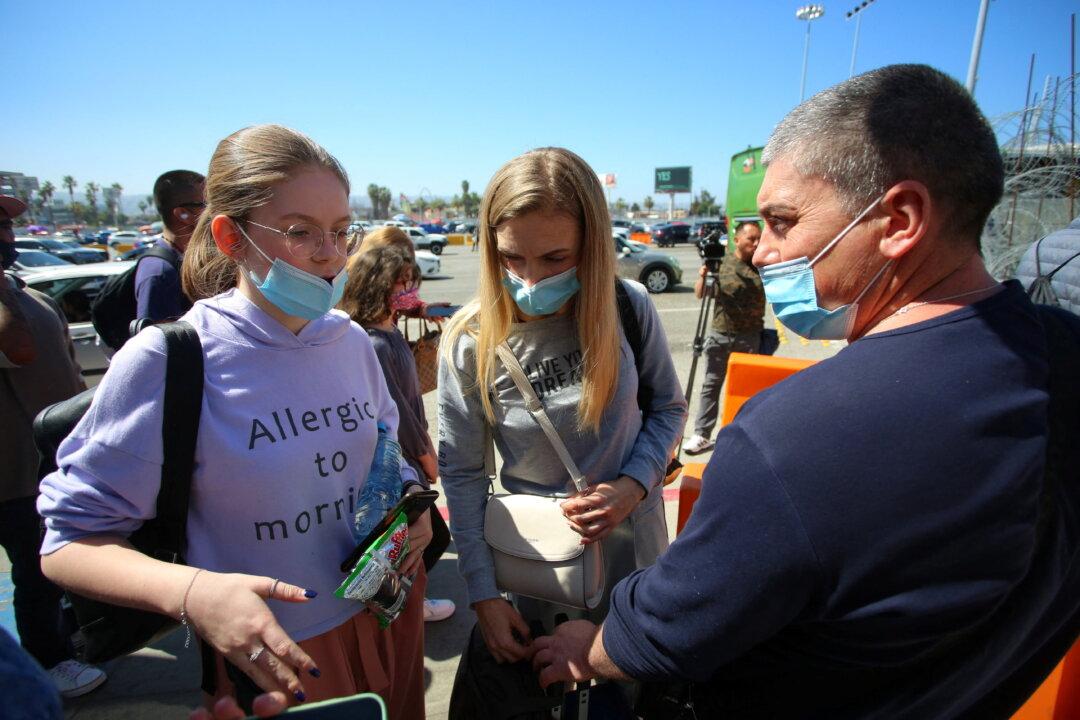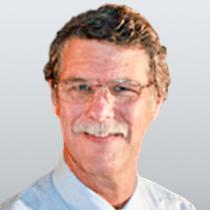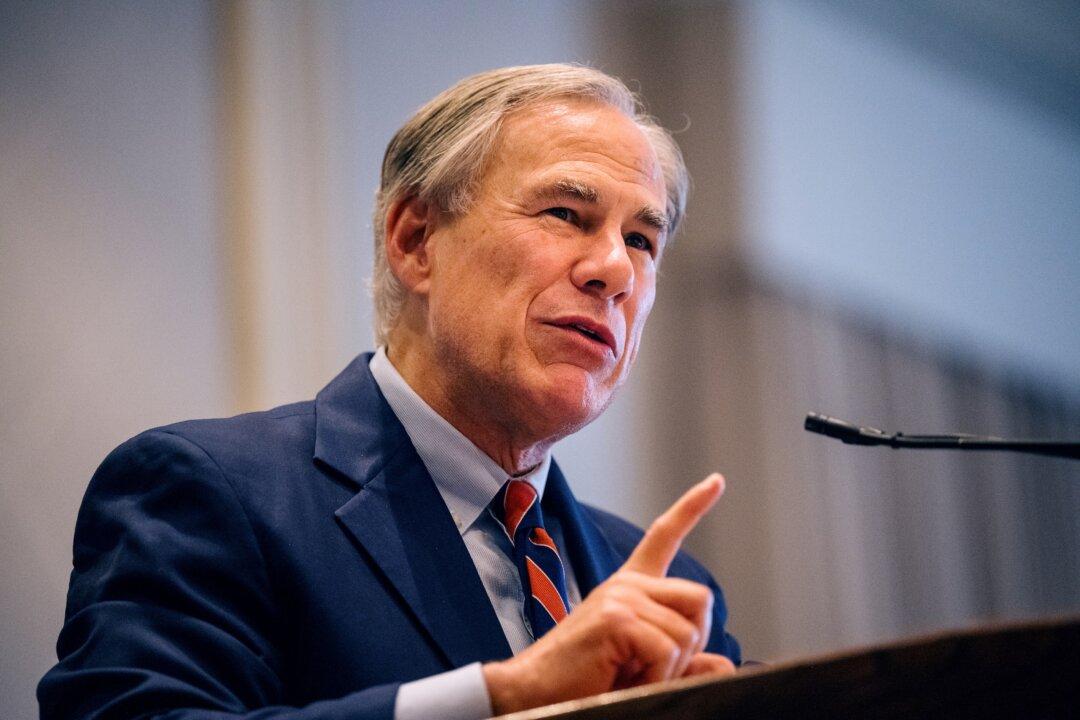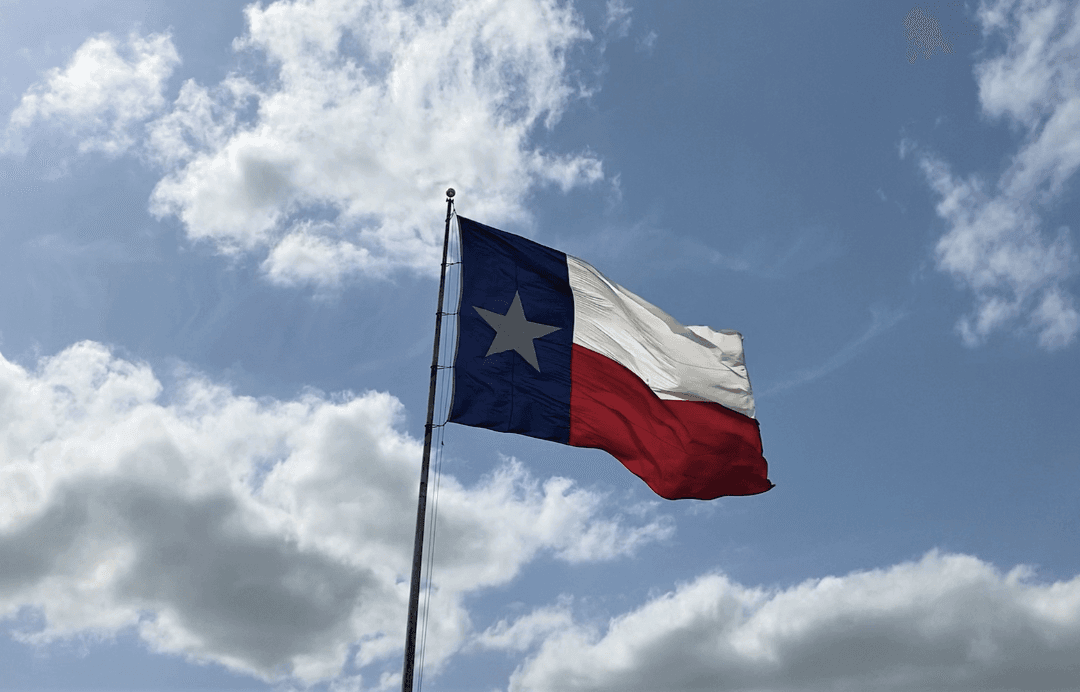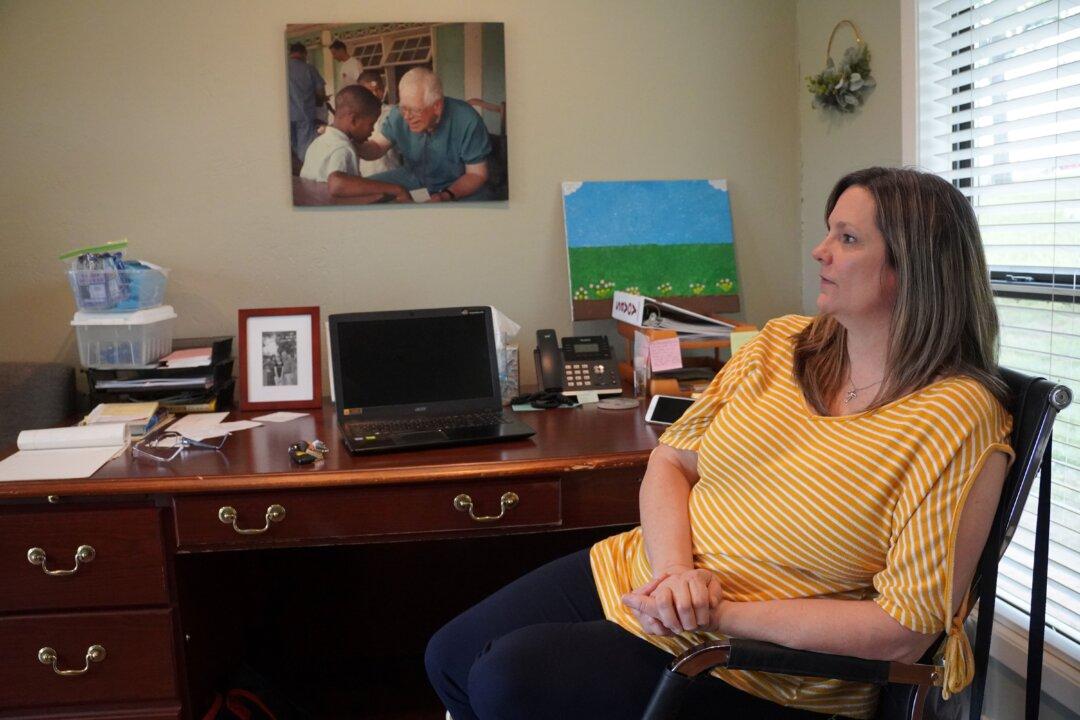A pastor is ready to open the doors of his Bible institute in Texas to Ukrainian refugees currently sitting at the border between Mexico and the United States.
The Rev. Dr. Joe Fauss of Lindale directs a ministry and theological seminary on 189-acres, Calvary Commission International (CCI). The property includes houses, classrooms, lakes, a dining hall, and a 200-seat auditorium, all set in the peaceful Piney Woods of East Texas.
